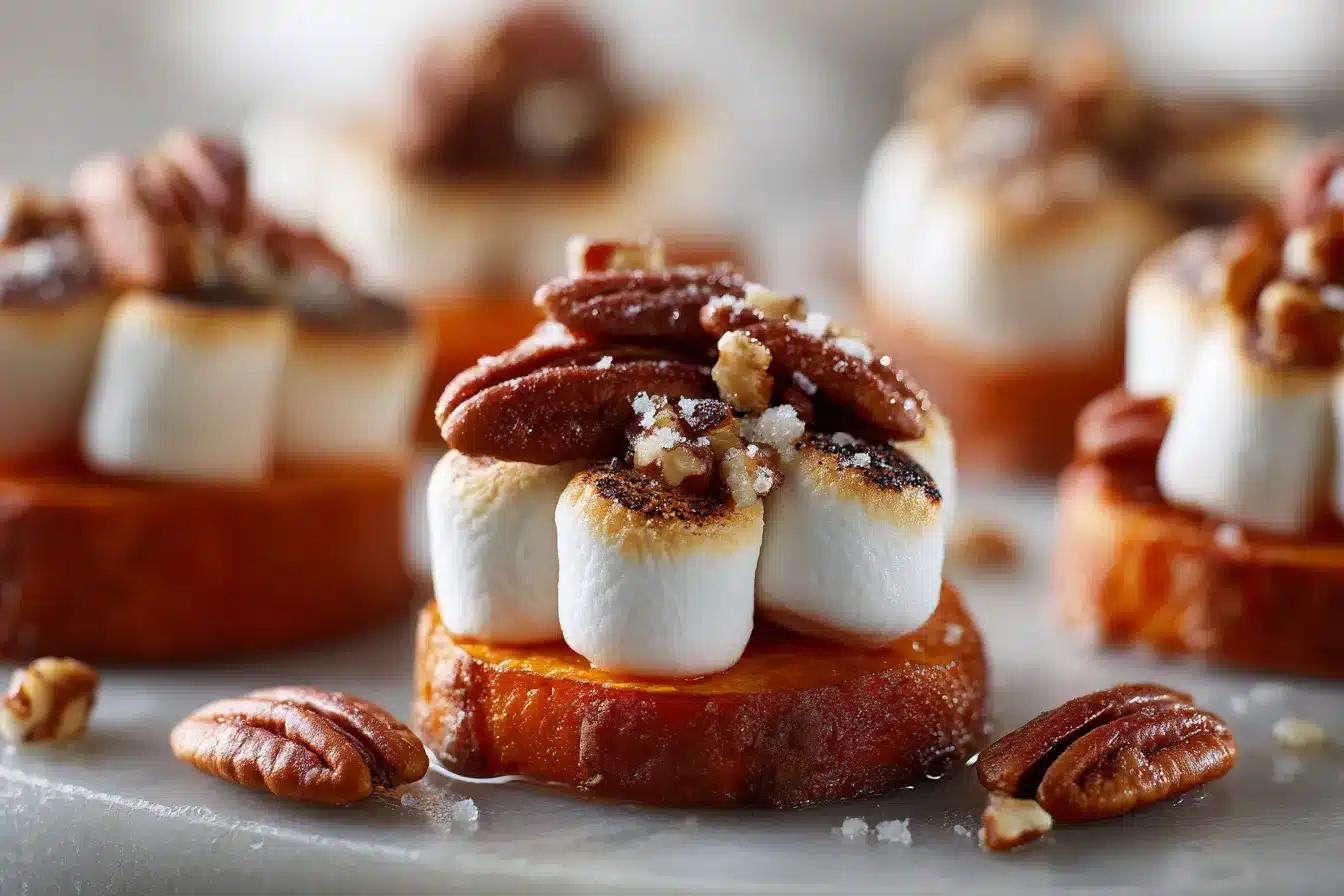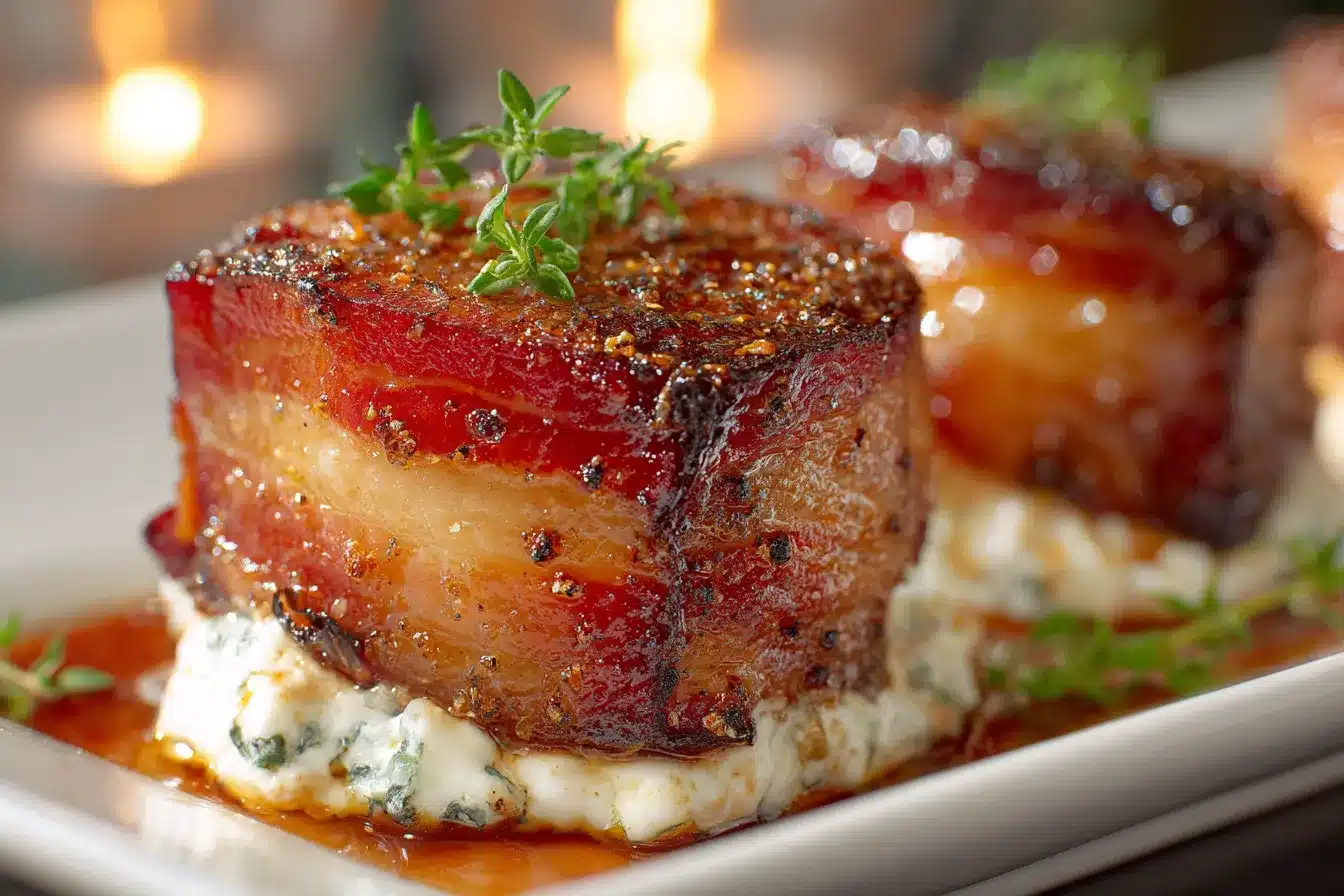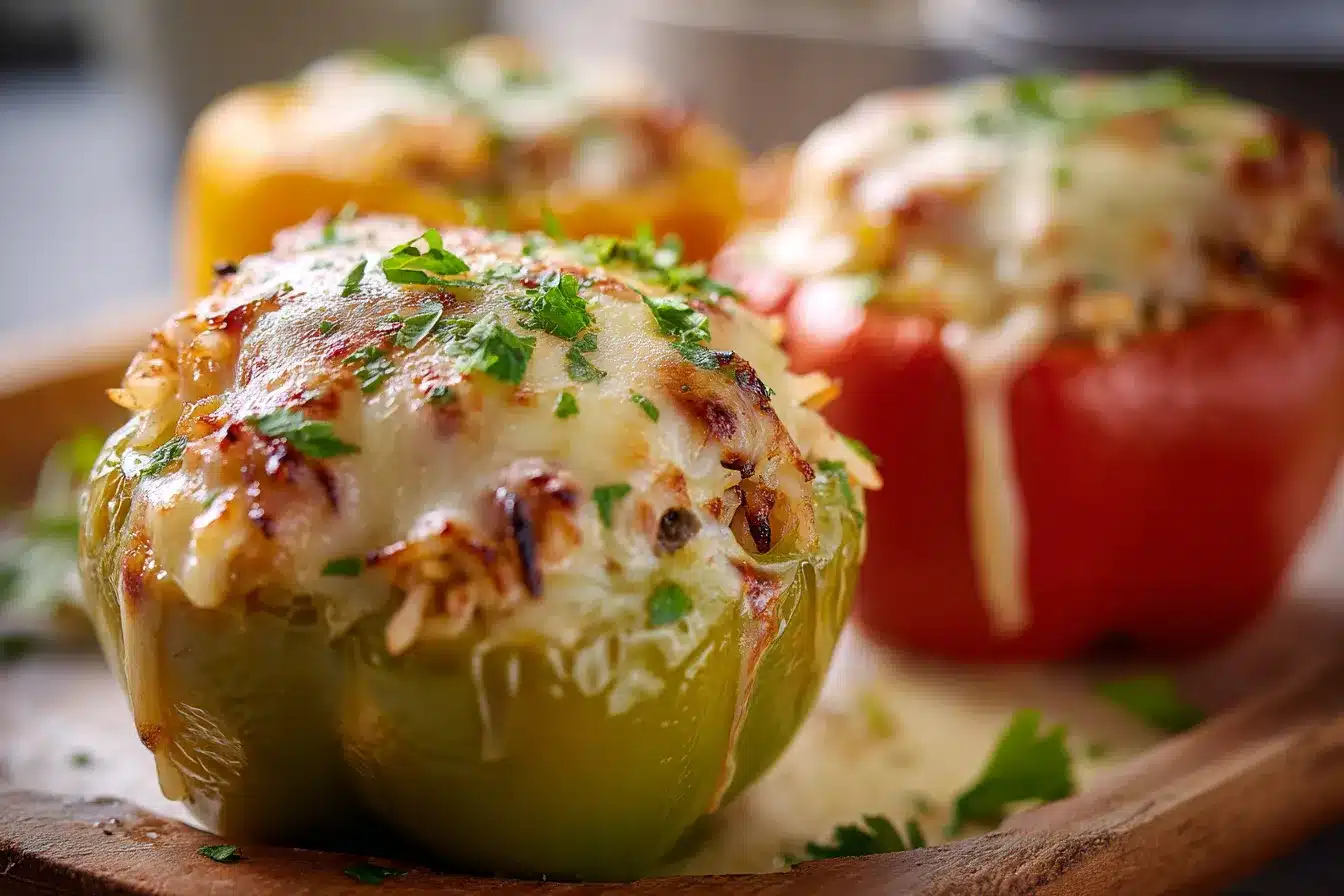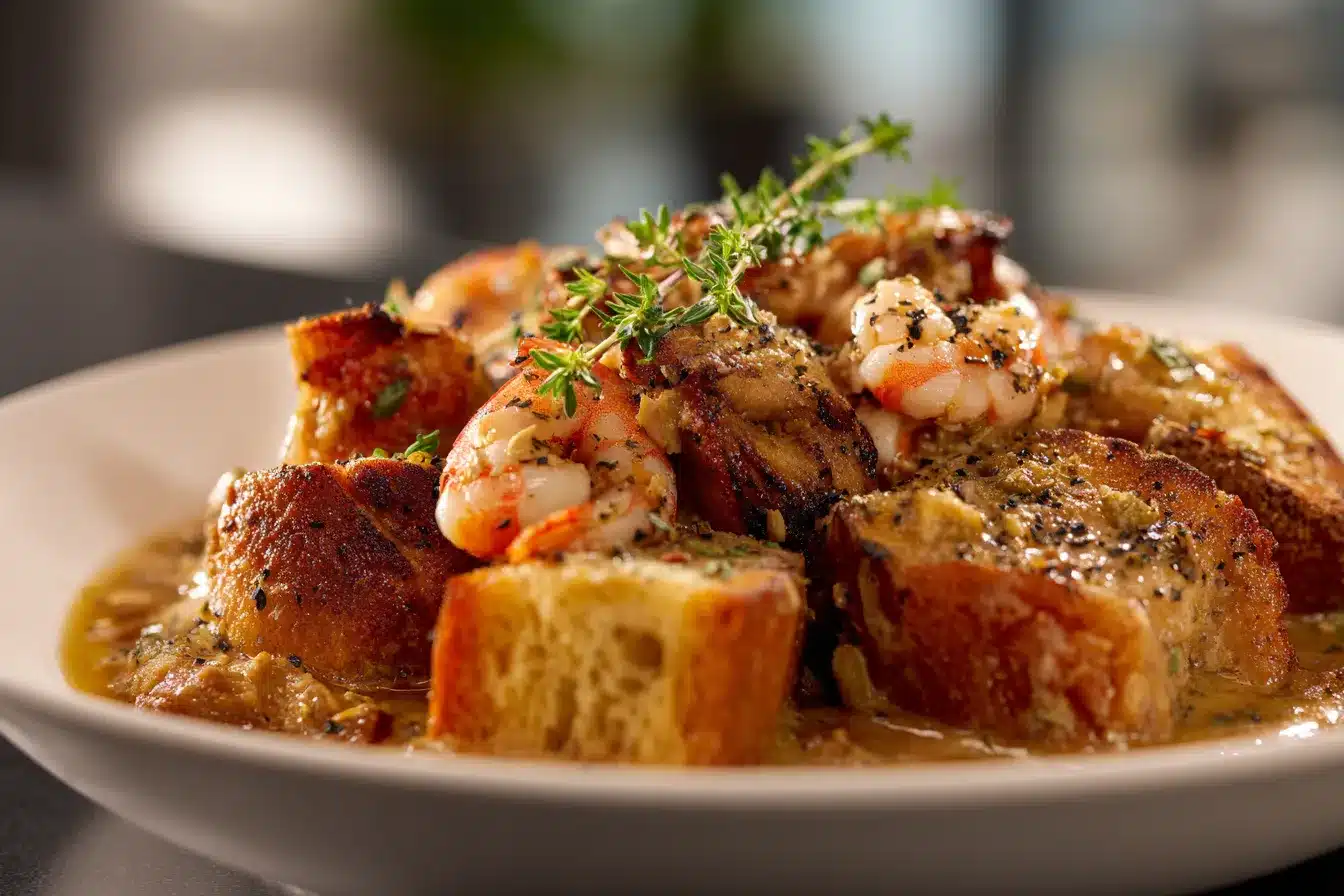Chicken cobbler recipe, a heartwarming dish that combines succulent chicken with a fluffy biscuit topping, offers a perfect blend of flavors and textures. This dish, rooted in traditional comfort food, has evolved into various forms across regions, each with its unique twist. The following paragraphs will delve into the origin, popularity, and essential aspects of chicken cobbler, setting the stage for a culinary journey.
Ingredients for Chicken Cobbler recipe
Selecting the right ingredients is crucial for the perfect chicken cobbler. This section will cover the essential components, including the type of chicken, vegetables, and herbs, to enhance the dish’s flavor. Additionally, we’ll discuss substitutes for common ingredients and provide shopping tips to ensure you have the best quality items for your cobbler.
Step-by-Step Chicken Cobbler recipe
A chicken cobbler combines tender chicken pieces, flavorful vegetables, and a fluffy biscuit topping, creating a comforting and satisfying meal. Here’s a detailed recipe to guide you through making this delightful dish.
Ingredients:
For the Filling:
- 2 lbs boneless, skinless chicken breasts or thighs, cut into bite-size pieces
- 2 tablespoons olive oil
- 1 medium onion, diced
- 2 carrots, peeled and diced
- 2 celery stalks, diced
- 2 garlic cloves, minced
- 1/4 cup all-purpose flour
- 2 cups chicken broth
- 1/2 cup heavy cream or milk
- 1 cup frozen peas
- 1 teaspoon dried thyme
- Salt and pepper to taste
For the Cobbler Topping:
- 2 cups all-purpose flour
- 1 tablespoon baking powder
- 1/2 teaspoon salt
- 1/2 cup cold butter, cubed
- 3/4 cup milk or buttermilk
Instructions:
- Prepare the Chicken: In a large skillet or Dutch oven, heat the olive oil over medium heat. Add the chicken pieces, season with salt and pepper, and cook until browned and no longer pink inside. Remove the chicken and set it aside.
- Cook the Vegetables: In the same skillet, add the onion, carrots, and celery. Cook until the vegetables are softened. Stir in the garlic and cook for an additional minute.
- Make the Sauce: Sprinkle the flour over the cooked vegetables, stirring to coat. Gradually add the chicken broth while stirring continuously to avoid lumps. Add the heavy cream or milk, stirring until the sauce thickens.
- Combine: Return the chicken to the skillet, along with the frozen peas and thyme. Adjust the seasoning with salt and pepper. Let the mixture simmer for a few minutes, then remove from heat.
- Prepare the Cobbler Topping: In a mixing bowl, combine the flour, baking powder, and salt. Add the cold butter, using a pastry cutter or your fingers to blend it into the flour until the mixture resembles coarse crumbs. Stir in the milk or buttermilk just until the dough comes together.
- Assemble the Cobbler: Transfer the chicken mixture to a baking dish. Spoon the cobbler topping over the filling, distributing it evenly.
- Bake: Preheat your oven to 400°F (200°C). Place the baking dish in the oven and bake for 20-25 minutes, or until the topping is golden brown and the filling is bubbly.
- Serve: Let the cobbler cool slightly before serving. Enjoy this hearty dish on its own or with a side of your favorite salad or vegetables.
This chicken cobbler recipe offers a perfect blend of savory flavors and comforting textures, making it an ideal dish for family dinners or cozy gatherings.
Nutritional Information
Understanding the nutritional aspects of chicken cobbler is important for those mindful of their diet. This section will break down the caloric content, health benefits, and dietary considerations, providing a comprehensive view of the dish’s nutritional profile.
Variations of Chicken Cobbler recipe
Chicken cobbler is a versatile dish that can be adapted to suit various tastes and dietary preferences. Here are some creative variations to the classic chicken cobbler recipe, allowing you to explore different flavors and ingredients.
1. Gluten-Free Chicken Cobbler recipe :
- Replace the all-purpose flour in both the filling and topping with a gluten-free flour blend.
- Ensure that the baking powder and any other added ingredients are gluten-free.
- Follow the same steps as the classic recipe, using the gluten-free alternatives to cater to those with gluten sensitivities or celiac disease.
2. Vegetarian Chicken Cobbler recipe :
- Substitute the chicken with a mix of hearty vegetables like mushrooms, bell peppers, zucchini, and eggplant.
- Use vegetable broth instead of chicken broth to maintain the vegetarian integrity of the dish.
- Proceed with the recipe as usual, cooking the vegetables until they’re tender before adding them to the cobbler topping.
3. Dairy-Free Chicken Cobbler recipe :
- For the filling, use a dairy-free milk alternative like almond or coconut milk instead of heavy cream.
- In the cobbler topping, replace the butter with a dairy-free margarine and use a dairy-free milk alternative.
- The rest of the recipe can remain unchanged, allowing those with dairy sensitivities to enjoy this comforting dish.
4. Spicy Chicken Cobbler recipe :
- Add a kick to your cobbler by including spices like cayenne pepper, paprika, or diced jalapeños to the chicken mixture.
- Consider incorporating spicy sausage or chorizo along with the chicken for an extra layer of flavor.
- This variation is perfect for those who enjoy a bit of heat in their meals.
5. Seafood Cobbler recipe :
- Swap the chicken for a mix of seafood such as shrimp, scallops, and firm white fish.
- Add seafood-friendly herbs like dill or tarragon to the filling.
- This seafood version offers a delightful twist on the traditional chicken cobbler, ideal for pescatarians or seafood lovers.
6. Low-Carb Chicken Cobbler recipe :
- For a low-carb version, reduce the amount of flour in the topping or use a low-carb flour substitute.
- Increase the proportion of vegetables and chicken in the filling to make the dish more protein-centric.
- This variation caters to those following a low-carb or ketogenic diet.
7. Chicken and Mushroom Cobbler recipe :
- Add a variety of mushrooms to the chicken filling for an earthy flavor.
- Use a mix of wild mushrooms for a gourmet twist or stick with button mushrooms for a classic taste.
- The mushrooms add a rich umami flavor to the cobbler, making it even more satisfying.
By exploring these variations, you can tailor the chicken cobbler to meet different dietary needs and flavor preferences, ensuring everyone can enjoy this comforting and hearty dish.
Pairing with Chicken Cobbler: Complementing Your Dish
Chicken cobbler, with its rich and savory flavors, pairs beautifully with a variety of side dishes and beverages. The right pairing can enhance the dining experience, balancing the hearty cobbler with lighter or contrasting flavors. Here are some suggestions for pairing with your chicken cobbler to create a well-rounded and enjoyable meal.
Side Dishes:
- Green Salad: A fresh green salad with a light vinaigrette can add a crisp and refreshing element to the meal, offering a balance to the hearty cobbler.
- Roasted Vegetables: Seasonal vegetables like asparagus, Brussels sprouts, or carrots, roasted to bring out their natural sweetness, can complement the savory flavors of the cobbler.
- Garlic Mashed Potatoes: For an extra indulgent meal, serve the cobbler with creamy garlic mashed potatoes, which harmonize well with the comforting nature of the cobbler.
- Steamed Green Beans: Lightly steamed green beans tossed with a bit of butter and almonds offer a simple yet elegant side that pairs well with the cobbler.
Beverages:
- Craft Beers: A Belgian-style saison or a pale ale can pair nicely with chicken cobbler, offering a balance of flavors that complements the dish without overpowering it.
- Iced Tea: For a non-alcoholic option, a glass of iced tea with a slice of lemon can provide a refreshing counterpoint to the richness of the cobbler.
Bread:
- Crusty Bread: A loaf of crusty bread can be great for soaking up the delicious sauce from the cobbler, making sure you enjoy every last bit.
When selecting your pairings, consider the specific flavors and ingredients in your chicken cobbler recipe. The goal is to choose accompaniments that will enhance the dish’s flavors and provide a balanced and enjoyable meal. Whether you opt for wine, side dishes, or non-alcoholic beverages, the right pairings can elevate your chicken cobbler experience.
Storage and Reheating Tips
To enjoy your chicken cobbler beyond the day it was made, proper storage and reheating are key. These tips will help you maintain the quality and flavor of your dish, ensuring it remains delicious even after a day or two.
Storage Tips:
- Cool Before Storing: Allow the chicken cobbler to cool to room temperature before storing it to prevent condensation inside the container, which could make the topping soggy.
- Use Airtight Containers: Store the cobbler in an airtight container to keep it fresh and prevent it from absorbing odors from other foods in your refrigerator.
- Refrigerator Storage: Properly stored, chicken cobbler can last in the refrigerator for 3-4 days. Ensure your fridge is set to below 40°F (4°C) to keep the cobbler safe to eat.
- Freezing: If you want to store the cobbler for longer, you can freeze it. Wrap the cobbler tightly with aluminum foil or plastic wrap, then place it in a freezer-safe container or bag. It can be frozen for up to 3 months. Thaw in the refrigerator overnight before reheating.
Reheating Tips:
- Oven Reheating: Reheat the cobbler in an oven preheated to 350°F (175°C). Transfer the cobbler to an oven-safe dish if it’s not already in one. Cover with foil to prevent the topping from burning and bake until heated through, about 20-30 minutes. Remove the foil in the last few minutes to crisp up the topping.
- Microwave Reheating: While the microwave is convenient, it might not restore the cobbler’s original texture, especially the biscuit topping. If using the microwave, cover the cobbler and heat it in short intervals, stirring the filling if possible to ensure even heating.
- Avoid Overheating: Reheat the cobbler only once after its initial cooking. Repeated reheating can affect the texture and flavor of the dish.
- Check the Temperature: Ensure the cobbler reaches an internal temperature of 165°F (74°C) when reheating to make sure it’s safe to eat.
- Revitalize the Topping: If the biscuit topping has softened during storage, you can broil the cobbler for a minute or two after reheating it in the oven to crisp up the surface. Watch it closely to prevent burning.
By following these storage and reheating tips, you can extend the life of your chicken cobbler and enjoy its comforting flavors even on a busy weeknight.
FAQs About Chicken Cobbler
1. What is chicken cobbler? Chicken cobbler is a hearty, comforting dish that consists of a savory chicken stew covered with a biscuit or dumpling-like topping. It’s baked until the topping is golden and fluffy, creating a delicious contrast with the rich, flavorful filling below.
3. How can I make a gluten-free chicken cobbler? To make a gluten-free version, substitute the all-purpose flour with a gluten-free flour blend in both the filling thickener and the topping. Also, ensure that your baking powder and any other added ingredients are gluten-free.
4. What can I serve with chicken cobbler? Chicken cobbler pairs well with a variety of side dishes. Light salads, steamed vegetables, or a simple side of cranberry sauce can complement the richness of the cobbler. For beverages, a light white wine, a refreshing beer, or even iced tea can be great accompaniments.
5. Can chicken cobbler be made in advance? Yes, you can prepare the filling in advance and refrigerate it until you’re ready to bake. However, it’s best to prepare the topping fresh when you’re ready to bake the cobbler to ensure it’s light and fluffy.
7. Can I freeze chicken cobbler? Yes, chicken cobbler can be frozen either before or after baking. If freezing before baking, add the topping just before you’re ready to bake to prevent it from becoming soggy. If freezing after baking, let it cool completely before wrapping it tightly and freezing. Thaw overnight in the refrigerator before reheating.
Conclusion
Summarize the key points discussed in the article and encourage readers to try making their own chicken cobbler, ending with a motivational call to action.
While the Chicken Cobbler is a star on its own, why not elevate it with a touch of elegance? Our Garlic Parmesan Sauce: A Culinary Delight offers a creamy, rich, and savory enhancement that intertwines beautifully with the cobbler’s flavors, adding an extra layer of indulgence to your meal.
Looking for the perfect side dish to complement your Chicken Cobbler? Our Carrot Fries Recipe: A Delicious Alternative to Potato Fries presents a nutritious and flavorful option that balances the heartiness of the cobbler, adding color and crunch to your plate.
Sharing is caring!




